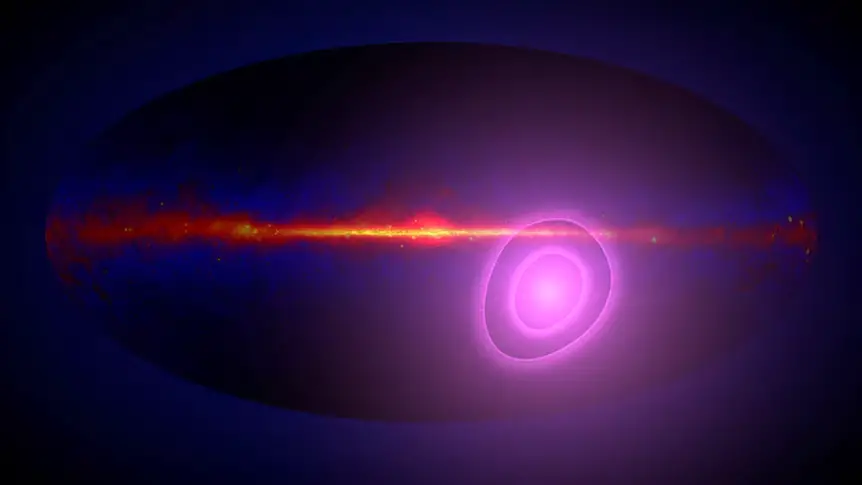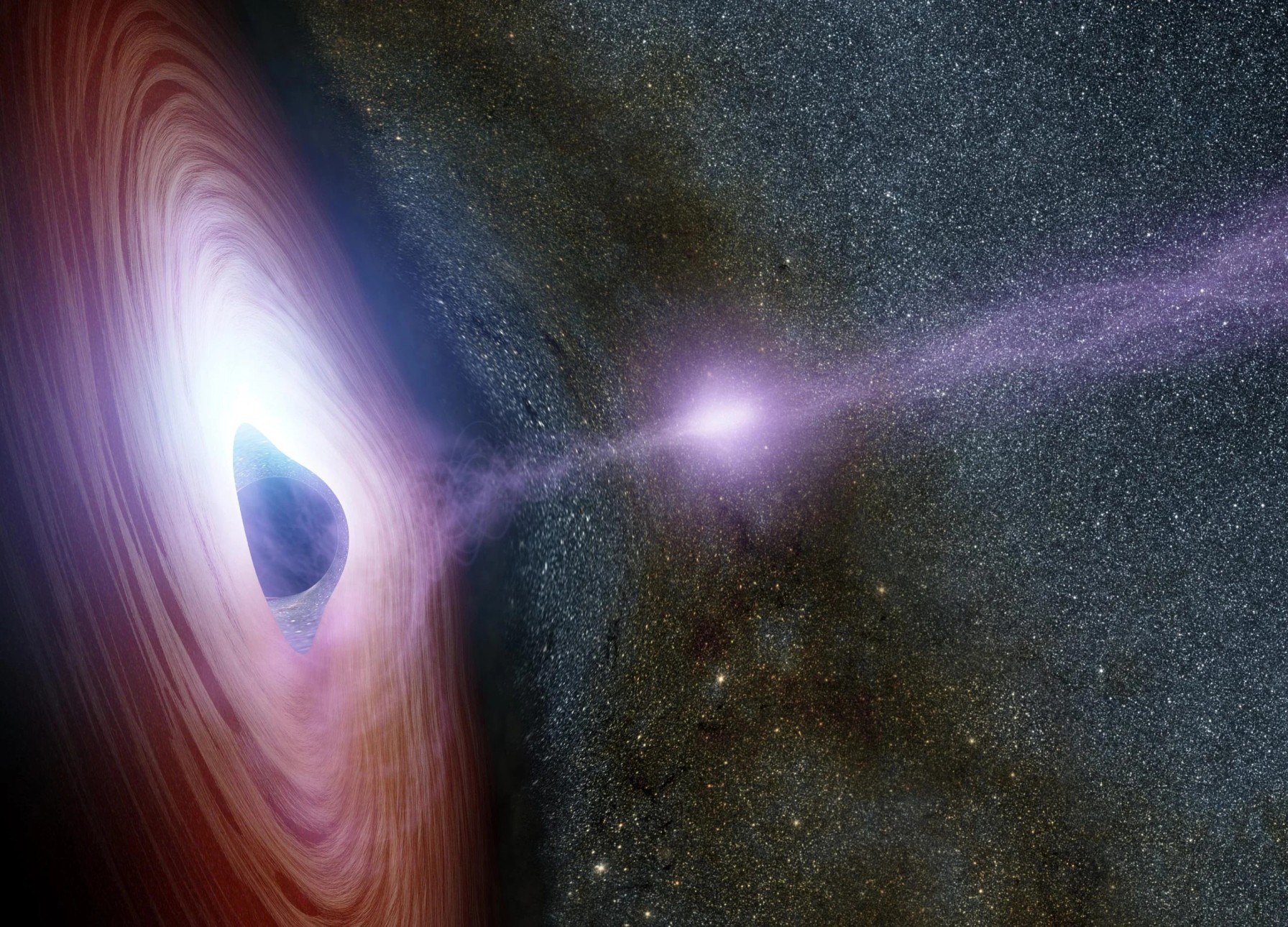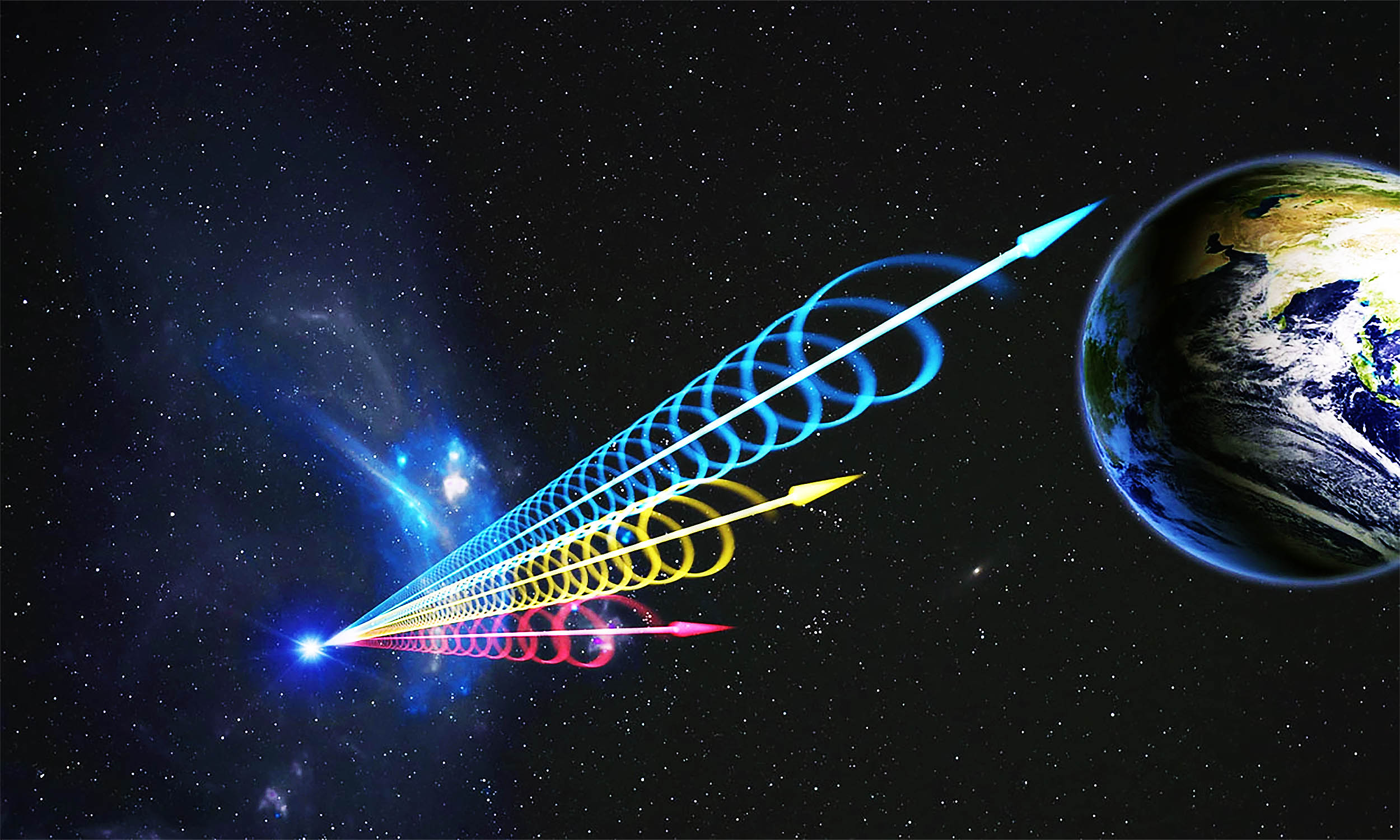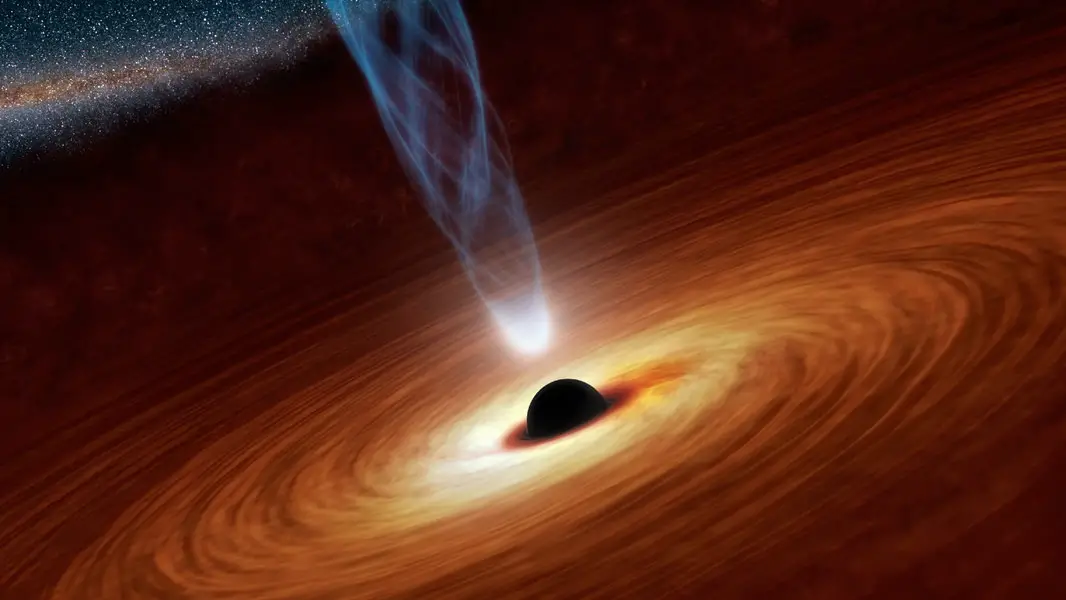The gamma-ray signal’s strength is 10 times greater than expected from solar system motion.
Key Takeaways
- NASA astronomers have serendipitously discovered a high-energy gamma-ray signal from outside our galaxy.
- The unexpected signal is much stronger and in a different location than initially sought.
- The gamma-ray peak aligns with ultra-high-energy cosmic rays detected in 2017, suggesting a possible connection.
- This discovery may point to an unknown cosmic source producing both gamma rays and energetic particles.
- The findings challenge existing theories about the origins of high-energy cosmic phenomena.
____________
An Unexpected Finding
NASA astronomers have made a surprising discovery of a high-energy gamma-ray signal originating from outside the Milky Way. This finding, described as a “serendipitous discovery,” was presented by Alexander Kashlinsky of NASA’s Goddard Space Flight Center during a meeting of the American Astronomical Society. The results are based on 13 years of data collected by NASA’s Fermi Gamma-ray Space Telescope.
Initially, the research team was searching for gamma-ray patterns linked to the cosmic microwave background (CMB), the oldest known light in the universe. The CMB, first detected in 1965, is a remnant of the universe’s infancy, dating back over 13 billion years. Scientists hoped to detect a similar “dipole” pattern in gamma rays, reflecting temperature deviations in opposite directions, as seen in the CMB.
However, instead of confirming their hypothesis, the team found a gamma-ray dipole with a peak far from the CMB’s direction. According to co-author Chris Shrader, the magnitude of the gamma-ray signal was 10 times stronger than expected based on the motion of the solar system.
A Possible Connection to Cosmic Rays
Interestingly, the gamma-ray signal appears to align with a feature previously observed in ultra-high-energy cosmic rays. In 2017, the Pierre Auger Observatory in Argentina detected a dipole peak in these cosmic rays at a similar location and magnitude as the gamma-ray peak.
The connection between the two phenomena remains speculative, but the researchers believe a common unidentified cosmic source may be responsible for both. This source could be generating gamma rays and ultra-high-energy particles, offering insights into some of the universe’s most energetic processes.
The research paper detailing this discovery was published in The Astrophysical Journal Letters. The findings highlight the importance of long-term observational data, as the signal was only identified after analyzing over a decade of gamma-ray records.
Astronomers now face the challenge of locating this mysterious source or developing alternative explanations for the observed phenomena. Future observations with advanced telescopes may shed light on the origins of this powerful gamma-ray signal and its potential connection to ultra-high-energy cosmic rays.




